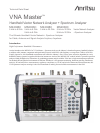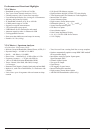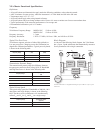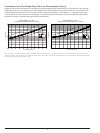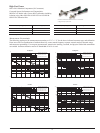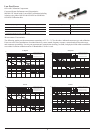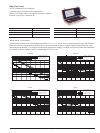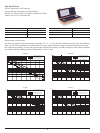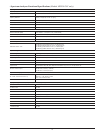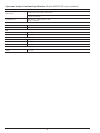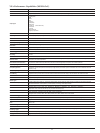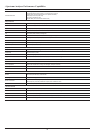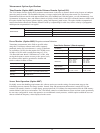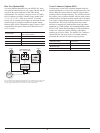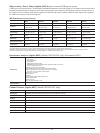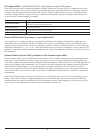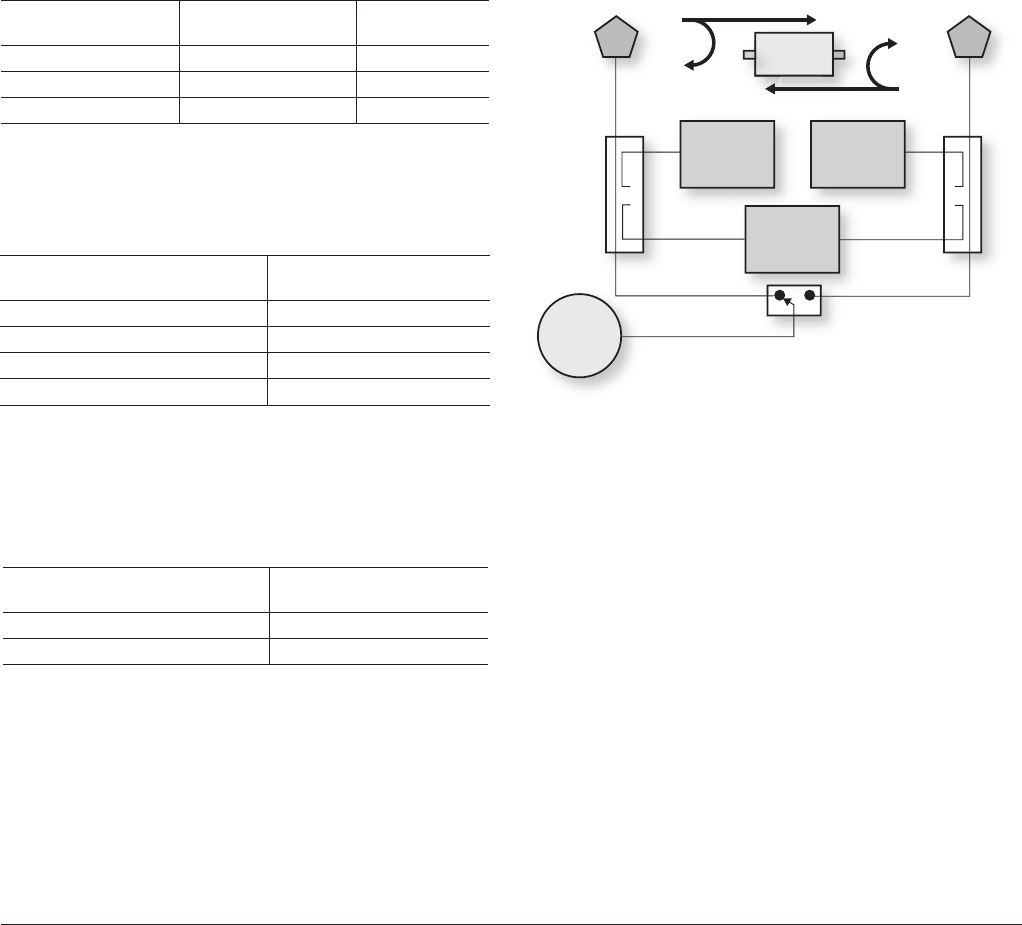
3
VNA Master Functional Specifications
Definitions
• All specifications and characteristics apply under the following conditions, unless otherwise stated:
• After 30 minutes of warm-up time, where the instrument is in VNA Mode and left in the ON state.
• Temperature range is 23 ºC ± 5 ºC.
• All specifications apply when using internal reference.
• All specifications subject to change without notice. Please visit www.us.anritsu.com for most current data sheet.
• Typical performance is the measured performance of an average unit.
• Recommended calibration cycle is 12 months.
Frequency
VNA Master Frequency Range: MS2026/36C: 5 kHz to 6 GHz
MS2028/38C: 5 kHz to 20 GHz
Frequency Accuracy: 1.5 ppm
Frequency Resolution: 1 Hz to 375 MHz, 10 Hz to 6 GHz, and 100 Hz to 20 GHz
Frequency Range
High Port Power
(dB)
Low Port Power
(dBm)
5 kHz to ≤ 3 GHz +3 –25
3 GHz to ≤ 6 GHz –3 –25
6 GHz to ≤ 20 GHz –3 –15
Frequency Range
Dynamic Range
(dB)
5 kHz to ≤ 2 MHz 85
2 MHz to ≤ 3 GHz 100
3 GHz to ≤ 6 GHz 90
6 GHz to ≤ 20 GHz 85
Transmission Dynamic Range
The transmission dynamic range (the difference between
test port power and noise floor) using 10 Hz IF Bandwidth
and High Port Power is shown in the following table.
Block Diagram
As shown in the following block diagram, the VNA Master
has a 2-port, 2-path architecture that automatically measures
four S-parameters with a single connection.
DUT
Port 1 Port 2
Source
Receiver
Port 1
Receiver
Port 2
Reference
Receiver
Switch
Bridge/
Coupler
Bridge/
Coupler
S
11
S
12
S
21
S
22
The above illustration is a simplified block diagram of VNA Master’s 2-port, 2-path
architecture.
Typical Test Port Power
VNA Master supports selection of either High (default) or
Low test port power. Changing power after calibration can
degrade the calibrated performance. Typical power by bands
is shown in the following table.
Typical Sweep Speed
The typical sweep speed for IF Bandwidth of 100 kHz, 1001
data points, and single display is shown in the following
table. The three receiver architecture will simultaneously
collect S
21
and S
11
(or S
12
and S
22
) in a single sweep.
Frequency Range
Typical Sweep Speed
(µs/point)
5 kHz to 6 GHz 350
6 GHz to 20 GHz 650



